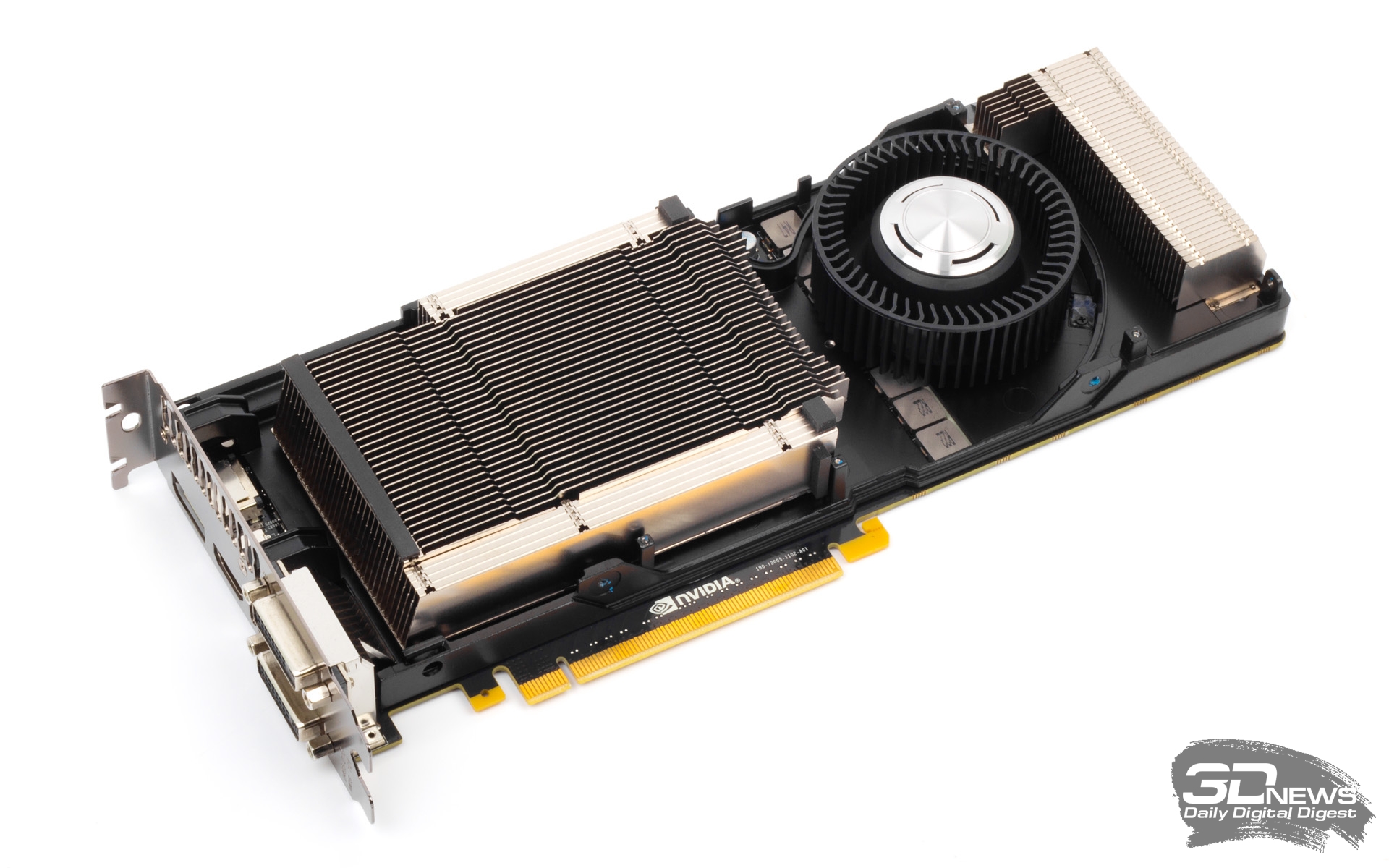If your graphics card has the typical "blower" design, i.e.
like this picture or the one below, then it is the fan that sucks in the air and blows it out through the back where the video ports are-- this you can feel with your hand when the machine is on. The fan itself is sometimes called an impeller or a centrifugal fan, meaning it sucks in the center where the motor is and blows outwards away from the fan blades themselves. But there is an internal ducting such that most of that air flow exits in one direction, across the metal heatsink that the GPU is in contact with. The following is a picture of a GTX770 with the shroud removed, but all "blower" designs are pretty similar on the inside:

If you wanted to, and no it wouldn't void your warranty (though you ought to be very careful when doing so), you could just remove your own graphics card shroud (the plastic cover) and inspect it. But it will still look like the above picture. But because the impeller fan isn't as a standard chassis fan, you can't just replace it with an existing axial flow fan (the types that are designed to have air flow through them as if they were airplane propellers).
As for your theoretical question, that subject is the science of heat transfer and there are dozens of book and degrees on the subject. Fact is, no, the GPU sensor temperature will never be the same as the heated exhaust, you can prove this by putting a thermometer at the exit of the GPU's heated airflow. They won't measure the same. This is because every metal, plastic and thermal grease part that make the graphics card is absorbing energy along the way, when they do so their own temperature goes up, but since not all of it dumps into the air flow, then the air itself won't raise temperature as much.
Just so you know, 100% energy transfer means nothing is absorbed at the source and everything is dumped, i.e. the GPU temp would always read ambient; we know this is impossible as demonstrated by every heatsink we've ever made. The only reason the sensor will read a temperature above the ambient is because something is being absorbed and the rest is dumping into the air flow.
post edited by lehpron - 2016/05/21 01:07:21